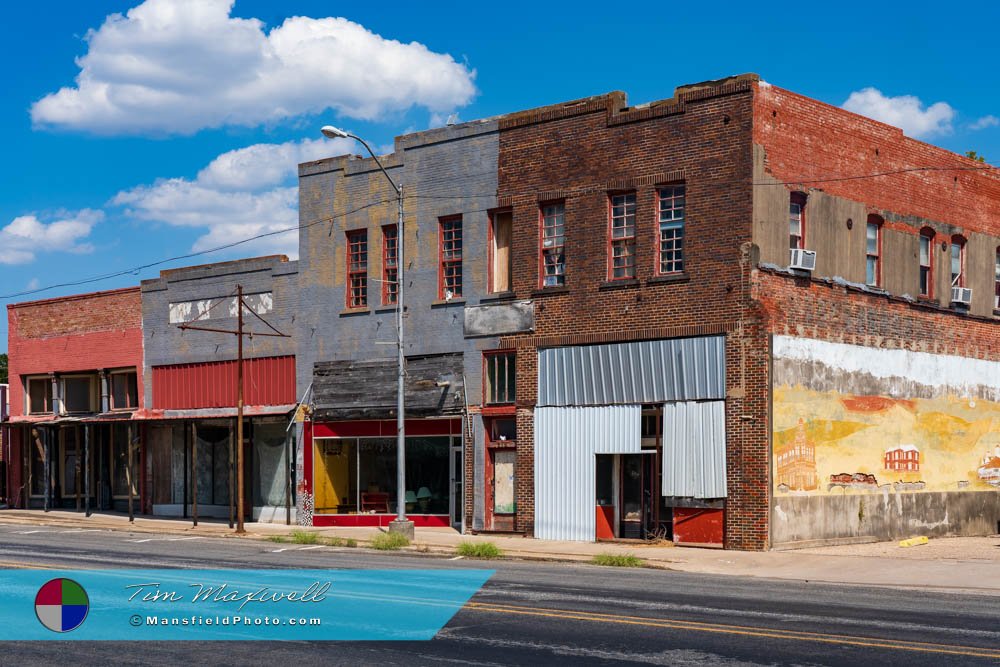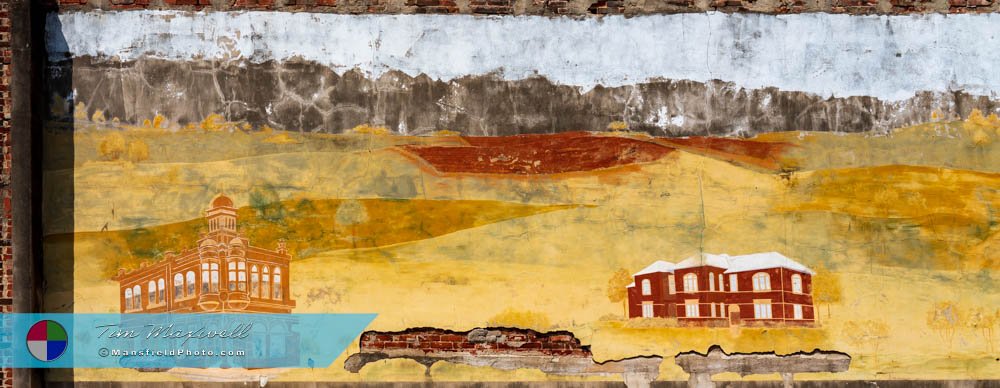Hubbard, Texas
– A Small Texas Town with Big History.
This small town, located in Hill County, was named after Richard B. Hubbard, the 16th Governor of Texas, who served from 1876 to 1879. Settlers began arriving in the area in the late 1800s, drawn by the promise of fertile land and opportunity. The town officially came into being in 1881, when the Texas & St. Louis Railway extended its line through the area, creating a crucial connection for farmers and traders.
Growth and Early History
The arrival of the railroad transformed the town into a bustling center for commerce and agriculture. Cotton was king, and the local economy thrived. By the early 1900s, it was a flourishing small town, home to a variety of businesses, schools, and churches. Like many Texas towns of the era, agriculture was the backbone of the community, and the surrounding fertile lands were heavily cultivated.
Historic Downtown Charm
Downtown reflects the town’s early prosperity, though time has slowed its pace. The heart of the town features several historic buildings, many dating back to the early 20th century. These brick structures housed everything from general stores to banks and still stand today, offering a glimpse into the past. While the hustle and bustle of its heyday has faded, the area retains its charm.
A few local businesses still operate, providing services to both residents and visitors. Walking through downtown feels like a step back in time, with the architecture serving as a reminder of the town’s storied past.
Interesting Facts and Notable Moments
One fascinating chapter in the town’s history came in 1895 when mineral water was discovered nearby. This led to the creation of the town’s famous water wells, which were believed to have healing properties. For a brief period, it became a health resort destination, drawing visitors from across the state who came seeking the supposed curative powers of the water. Though the resort phase was short-lived, it left a lasting impression on the town’s identity.
Present Day Life
Today, the town remains a quiet, close-knit community with a population of around 1,300. Agriculture still plays a role in the local economy, but much of the town’s charm lies in its small-town atmosphere. Visitors are often drawn to its history and peaceful way of life. The historic downtown remains a focal point for those looking to explore Texas’ rural past, while the town’s slower pace offers a relaxing escape from the hustle of larger cities.
Though its population and economy have fluctuated over the decades, the town’s history and character make it a memorable stop in the heart of Hill County.
📸 Interested in More Photos of This Town?





